About six month ago or so I was listening to Radio National’s Bush Telegraph as they spoke about a free range pork farm in Central Victoria. The broadcast had an educational focus with the owners of the pig farm wanting to educate others (the listeners) and further their own education by inviting listeners to engage in the day to day decision making processes of caring for pigs. It was an exciting discussion that showcased a range of attitudes. For Jonai, it was an opportunity to encourage listeners to deeply immerse themselves in some of the complexities of farming. The aim was also to highlight how difficult it can sometimes be to wade between uninformed, poorly researched opinions, or highly biased perspectives, or company supported propaganda compared to well documented, research based and peer reviewed experiences. For anyone entering a new industry/business/farming community, who is motivated by ethics, social and environmental, there is this urgent desire to understand the culture that you are joining and to try and sort the good from the bad and all the shades in between. And the questions that are naturally raised are those concerned with why certain practices are practiced? Is the motivation behind the practice simply to increase profits? Or are there real risks (rather than perceived), and are policies based on thoroughly researched, documented and innovative thinking? For a new farmer/practitioner/industry person there would be a multitude of these questions as she/he delves deeply into each situation.
This leads me into reflecting about John Fenton’s book the “Untrained Environmentalist”. John talks about how ‘lambing losses fell dramatically when… (John Fenton’s) ewes began lambing in the sheltered paddocks (where trees were planted). Today thanks to the abundant shelter available (he says), lambing losses have almost been eliminated’. In the book John, like Tammy and Stuart from Jonai farm is also trying to wade through the farming practices adopted and long implemented by the farming community. Why he asks do so few farmers/government authorities support the establishment of comprehensive wind breaks and shelter belts to protect stock when shelter belts are so successful at protecting animals? And why, in the light of all the other benefits that reforestation brings to barren wind swept farms: an increase in lambing yields, improved soil structure and top soil retention, decreased need for fertilisers and stock feed, increased habitat for wildlife, reduced fire danger as wind speeds are lowered across wind protected paddocks, improved quality of life for the farmer and her/his family due to a far more aesthetically pleasing environment? In part John Fenton answers this question by explaining how hard, how costly and time and labour intensive reforestation is. But in part he doesn’t. I think the reasons are even more complex than labour, time and money and go to the heart of how people create their identities. Some people perhaps are big picture people and are motivated by issues and challenges that face us as a global community and some people find big picture thinking inaccessible, or irrelevant. Some are easily emotionally moved and motivated by nature and some, no matter what, are not. Some of us are driven by beauty while others, are not. John Fenton is a big picture person, who is emotionally engaged with the natural world, is motivated to create beauty and thrives on intellectual thinking.
Tammi and Stuart, like John, are motivated by big picture thinking, community education and ethical enterprising. It is a huge, enormous pleasure to have them as our neighbours.


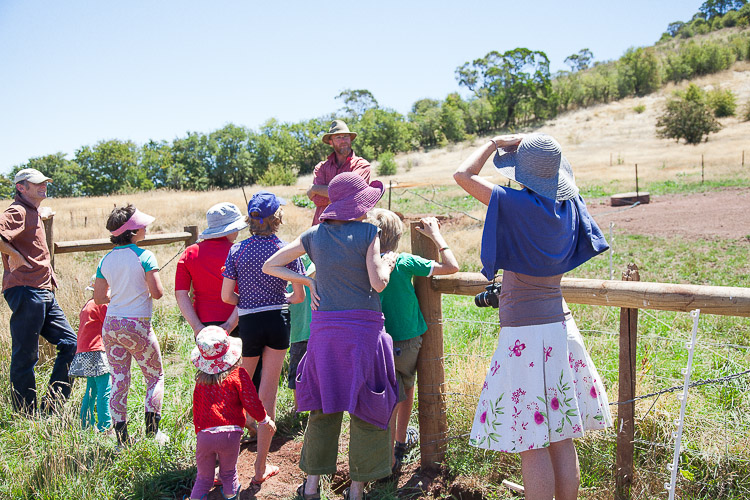
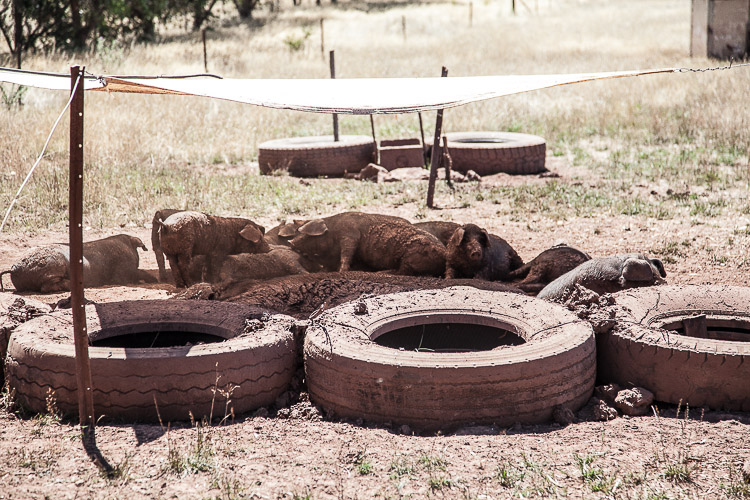
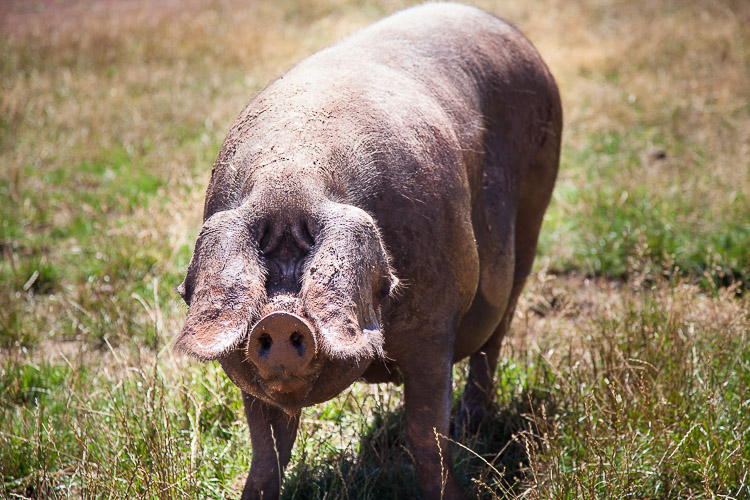
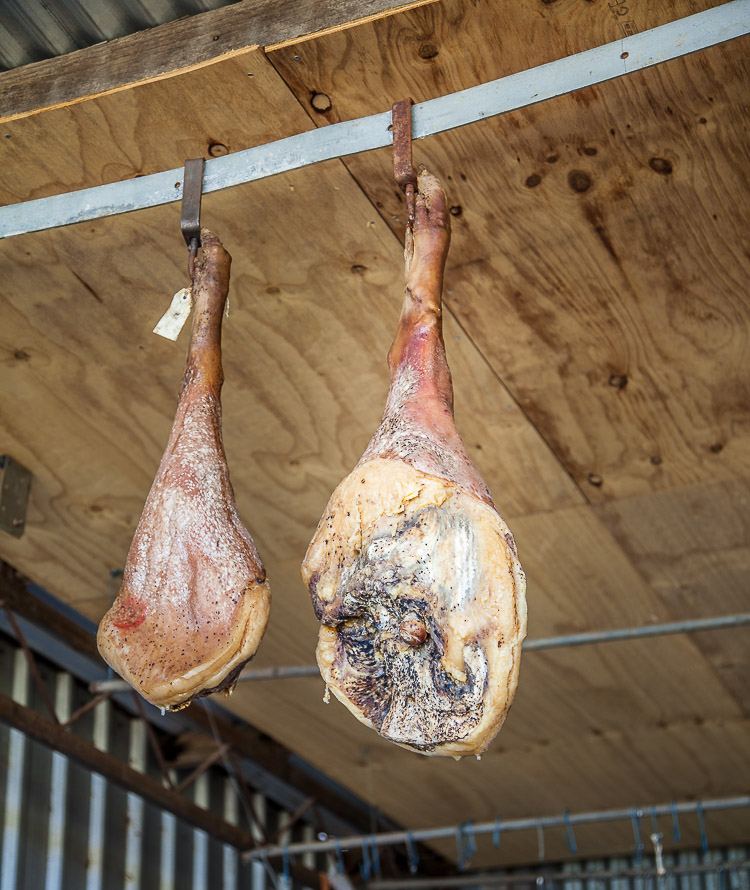

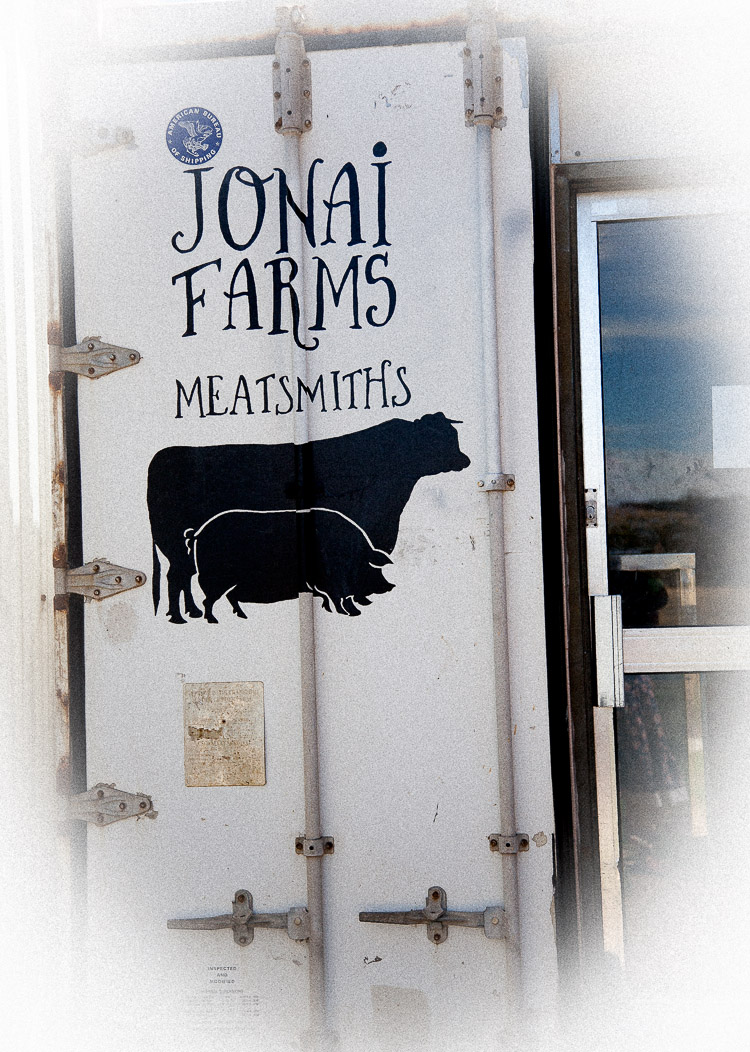
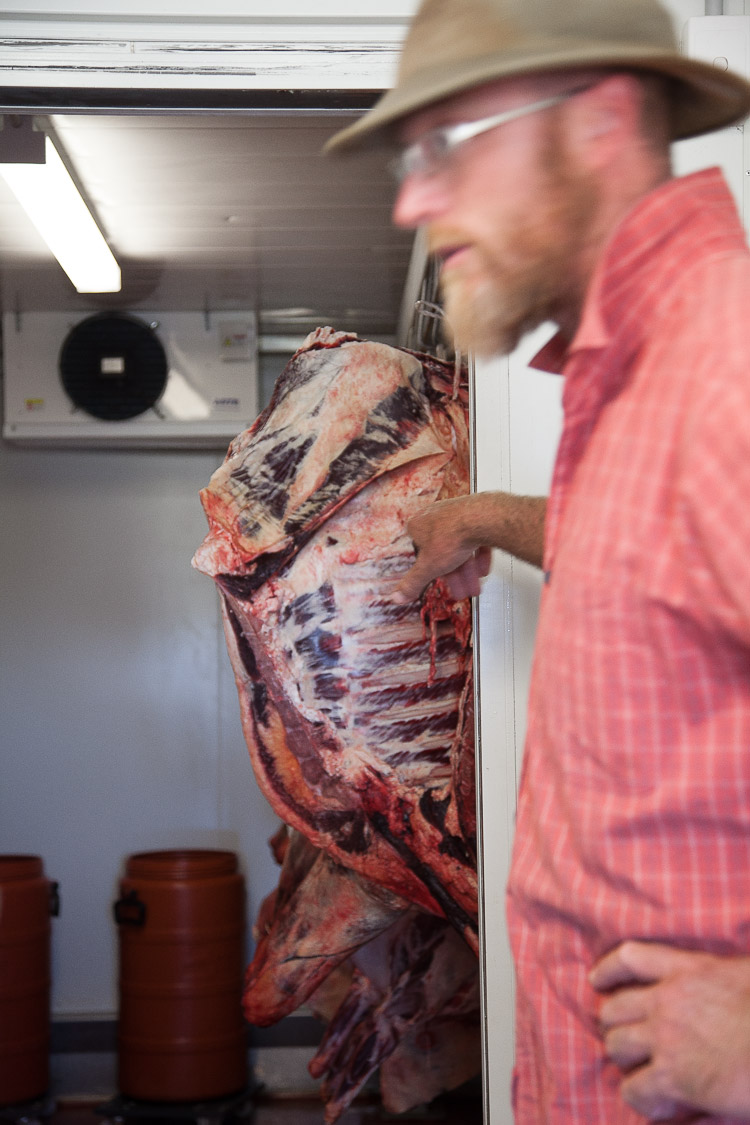

0 Comments